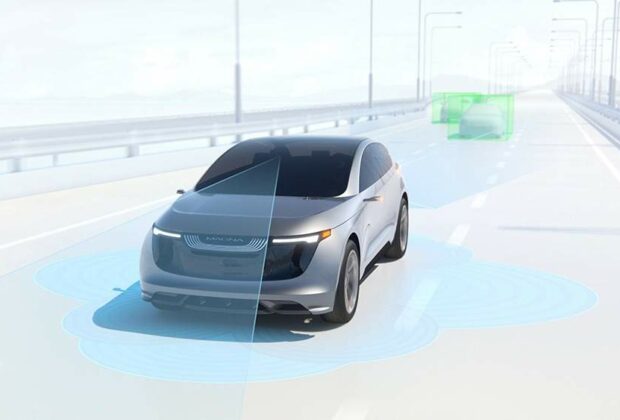By creating a platform for self-driving cars, LG Electronics is quickening the pace of its automotive electronics business. On Thursday, LG Electronics revealed that it is working with Magna to develop an autonomous driving platform that combines cutting-edge driver assistance technologies with in-car infotainment. This platform integrates Magna’s ADAS and autonomous driving technologies with LG Electronics’ IVI technology into a single chipset module.
It is useful to free up vehicle space by integrating IVI, ADAS, and autonomous driving solutions into a single component, as this reduces the volume that separate components formerly occupied.
When compared to integrating each system independently, the cost is lower. According to a representative of LG Electronics, “This new autonomous driving platform will provide a safe and effective driving experience through information sharing and processing among systems.”
This platform supports the human-machine interface (HMI) used in pillar-to-pillar displays (P2P) and augmented reality head-up displays (AR-HUD) for vehicle displays.
The instrument cluster, central information display, and passenger-side display are all combined into one single unit by the P2P display. In the meantime, visual information supporting forward attention in 2D and 3D graphic graphics is shown via the AR-HUD. Through the car’s display, drivers can access a variety of lifestyle information in addition to alarms and alternative routes for safe driving.
On January 9 (local time), LG Electronics intends to launch this platform at CES 2024 in Las Vegas. After completing technological stabilisation, the company plans to launch the 2027 model with an eye on the software-defined vehicle (SDV) market.








